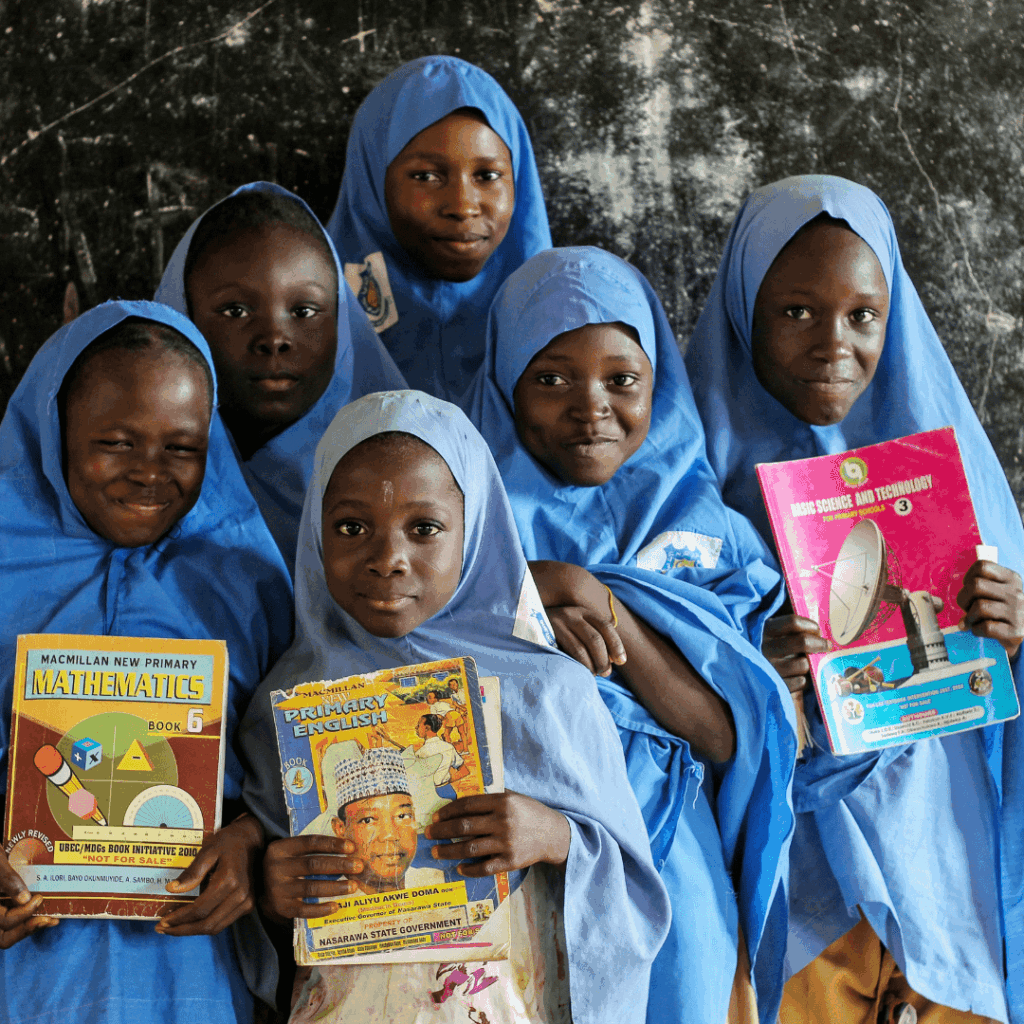Waqf
A Legacy of Continuous Charity
Building a Legacy That Lasts Beyond a Lifetime
In Islam, Waqf (endowment) is one of the most powerful forms of charity. It is an act of giving that continues to benefit others long after the donor has passed away and a form of Sadaqah Jariyah.
Unlike one-time donations, a waqf creates a lasting legacy, where the asset or funds donated are preserved, and only their benefits are used to support charitable causes.
At Mission Relief, we make it simple to create or contribute to a waqf, allowing you to invest in sustainable projects that serve communities for years to come, while earning continuous rewards (Sadaqah Jariyah) in this life and the next.
What is Waqf in Islam?
Waqf is an Arabic term meaning to stop or hold. In the Islamic context, it refers to donating a property, asset, or fund for a charitable or religious purpose, ensuring that the principal asset remains intact while its benefits are used to help others.
This could include funding the building of a school, maintaining a mosque, sponsoring a water well, or supporting an orphanage — anything that provides ongoing community benefit.
“When a person dies, all their deeds come to an end except three: ongoing charity (Sadaqah Jariyah), beneficial knowledge, or a righteous child who prays for them.”
(Sahih Muslim)
Waqf is one of the most complete ways to fulfil this Hadith.


The Purpose and Power of Waqf
The purpose of Waqf is to preserve wealth for the continuous benefit of others, ensuring that a charitable act is not limited to one generation but continues indefinitely.
It transforms temporary charity into a permanent source of good, sustaining communities through education, healthcare, food security, and more.
At Mission Relief, our Waqf projects are designed to create long-term solutions to poverty and hardship. Whether you dedicate a Waqf in your own name or in memory of a loved one, it becomes a continuous source of blessings (Barakah).
What Qualifies as Waqf?
A Waqf can take many forms, the following assets can be designated as Waqf:
- Real estate
- Land
- Cash
- Shariah compliant shares
- Sukuk investments
- Unlawful income
- Services
- Moveable assets
Any asset can be designated as Waqf if it is customary practice to do so.
Examples of Waqf Donations
- Land or property – Endowing a building for a school, hospital, or mosque [link to build a mosque page].
- Assets or funds – Where profits are reinvested into ongoing charitable causes.
- Community projects – Establishing a well [ link to build a well page], education centre, or medical clinic.
- Sadaqah Jariyah initiatives – Certain sustainable projects that keep giving long-term returns.
A great example of this is Mission Relief’s newly launched Livelihood Project where Tuk Tuks are purchased and donated as assets to provide a long term ongoing income for beneficiaries.
Conditions for a Valid Waqf
There are various and multiple pre-requisites and integrals for a Waqf to be valid. These pre-requisites and integrals relate to the following areas:
- The form
- The Waqif
- The Waqf asset
- The beneficiary
You can read more on the conditions for validity of Waqf here.
How Mission Relief Manages Waqf Donations
Transparency and accountability are at the heart of everything we do.
Every Waqf contribution is directed towards sustainable, community-centred projects that ensure long-term benefit. Mission Relief operate on a 100% donation policy, meaning your donation will go entirely towards that project.
Our Waqf Management Priorities
Protecting and preserving the core asset.
Using profits or returns to benefit humanitarian projects.
Providing clear reporting and project updates to donors.
Ensuring 100% donation transparency.
Waqf, Sadaqah, and Zakat: How They Differ
While Sadaqah is voluntary and Zakat is obligatory, Waqf stands as an enduring form of Sadaqah Jariyah, a way to transform your giving into a perpetual source of good.
Type | Obligation | Duration | Purpose |
|---|---|---|---|
Zakat | Mandatory | Annual | Purifies wealth and helps the poor |
Sadaqah | Voluntary | One-time or ongoing | General charity for any good cause |
Waqf | Voluntary | Permanent | Continuous charity through endowment |
Waqf vs. Sadaqah Jariyah: Understanding the Difference
While both Waqf and Sadaqah Jariyah fall within the realm of continuous charitable giving in Islam, there are important distinctions in form, structure and long-term impact.
Definition & Scope
Sadaqah Jariyah literally means “flowing charity”, charity whose benefit continues after the donor’s death. It may take many forms and persists so long as people benefit from it.
Waqf is a legal instrument by which a donor dedicates an asset or fund in perpetuity, such that the asset remains intact while its yield or benefit is used for charitable purposes.
Asset / Duration
With Sadaqah Jariyah, the charitable benefit continues, but the original asset may have been used up or the project completed. For example, printing Qur’ans, or establishing a library.
With Waqf, the asset is frozen (i.e. it cannot be sold, gifted or inherited) and only its benefits are distributed. It is designed for perpetual benefit.
Management & Sustainability
Sadaqah Jariyah emphasises ongoing reward through benefit; management may not involve an asset that continuously generates revenue.
Waqf typically involves a more formal structure: an endowed asset, a trustee or administrator, reinvestment of yields and formal terms of management.
All Waqf can be considered a form of Sadaqah Jariyah (because it generates ongoing benefit), but not all Sadaqah Jariyah qualifies as Waqf. The key distinguishing factor is the preservation of the asset and formal endowment nature
Start Your Waqf with Mission Relief
Creating a Waqf doesn’t have to be complicated.
Whether you want to dedicate a water well, build a mosque, or fund a sustainable livelihood project, Mission Relief provides the structure, accountability, and transparency to make your intentions a lasting reality.

FAQs – Understanding Aqiqah
Yes. You can dedicate a Waqf in the name of a loved one, living or deceased, as a source of ongoing reward.
Not at all. Even small contributions can be pooled together to form community Waqf projects, allowing everyone to earn the reward of continuous charity.
Yes. Waqf is one of the highest forms of Sadaqah Jariyah because its benefits continue indefinitely.
There are two forms of Waqf, Waqf endowed by purpose and Waqf endowed property. The latter can look like real estate or movable property such as animals, vehicles, appliances etc.
You donate directly to the project you intend to donate to, so for example if you wish to donate to our livelihood project as a form of Waqf, it will only be used for that project, the same for our mosque building project and more.
Currently Mission Relief sacrifices and distributes your Aqiqah sacrifice in Kenya.
The Prophet Muhammad (peace be upon him) recommended it, therefore it is a Sunnah.
Join the Legacy of Continuous Charity
Waqf allows you to turn your wealth into a legacy that never fades — one that benefits entire communities while earning you continuous blessings from Allah.



